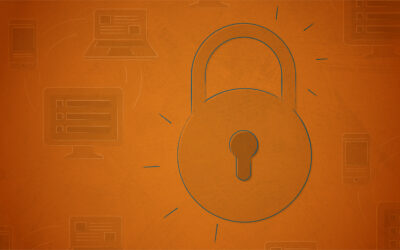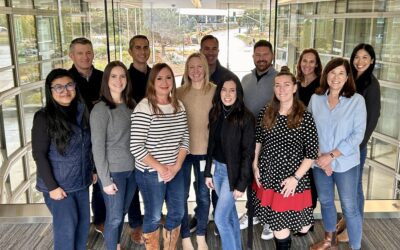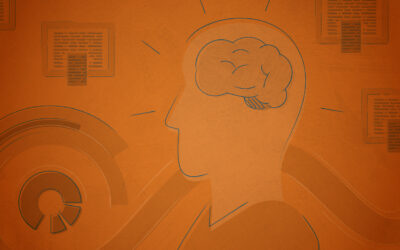My neurodivergent home in many ways brings challenges in thinking around user experience design principles similar to those I’ve studied in my professional journey. They are defining approaches I’ve taken for years with my children: design thinking, technology strategy, and UX.
I imagine most restaurants, movies theaters, clothing, furniture, etc. are designed with a neurotypical-American experience in mind. My wife and I daily, and sometimes subconsciously, assess how do we make this work for our family? What would it be like for our kids, what can we bring, modify, or remove from a product or experience so there is value for our family?
I look through a similar lens on behalf of our clients and their organizations’ members. As we embark on any project, there will be a variety of unique people we will serve. We do our best to consider everyone impacted while balancing the business need and objective. It can be messy and imperfect, but we try to hit the bullseye as best we can.
That’s because a seemingly small and beneficial technology-based solution is a change that will reach into people’s lives. Our design-to-prototype approach can shape whether it turns out to be good change. As a technologist and strategy leader, when I consider a business technology need, I immediately start thinking of how it will impact people upstream and downstream. This includes those who will be tasked with sustaining the solution.
In the name of efficiency, we watch the march down the path of creating self-serve vending machine-like approaches devoid of human touch, mentorship, and community. These methods are not inherently injurious if managed appropriately and tethered with a comprehensive technology experience and human connectivity experience.
I’ve heard stories about new hires thrown into onboarding that is completely a click-through pathway or counsel sought from a team lead met with “here watch this video.” In our quest for providing a “<insert big tech>-like” experience we forget about the human experience. Of course, some firms and employees by design may want a purely transactional culture. The following considerations mostly matter if you find yourself frustrated by a gap in how technology intersects with your organization’s culture.
Before we put pen to paper to design a solution, it’s imperative that we engage in discovery. Empathizing as we go, we should first seek to gain understanding of the present state of affairs, and then use our findings as a starting point to inform our plan. When designing a technology solution, start by considering the context of those who will engage with the solution, the overall culture of the organization, and the connection among the people and processes the solution will impact.
3 Cs to Consider When Designing a Technology Solution
Context: First we have to understand how the individual is going to engage with the solution, from frontline to senior leadership and the executive team to contractors. When are they engaging with it? Are they moving room to room to see clients, driving a forklift, at a desk, in a laboratory, or sitting in a lobby?
It is important to bring to the forefront the voices of those who we are providing the solution, even into the discovery phase of our process where possible. This can be done at least by proxy, but that representation must be there. Assumptions bring risk in this phase, but we can mediate them through testing, focus groups, interviews, and other tools. A great deal of time can be saved by giving attention to this in the discovery.
A few questions to consider: What are they doing and why would they want to engage with what we are creating? What do they care about? What do they value? If you were in their position, ask yourself why you would want to do/use that.
Culture: What is normative for this organization? How do they communicate and work together? What is not normative that could add to their experience and would be accepted? Which of their espoused values are enacted that we can support and which of those that aren’t can we help give life to?
Is there innovation? How are they executing their purpose? What is leadership saying, and is it modeled through the organization? What are their processes and practices, and how is the brand engaged internally? These questions may be an afterthought for some, if thought at all, but keeping culture top of mind has impact on everything from adoption of the solution to managing the change to the client feeling ownership of what’s delivered.
Connection: Thinking beyond the technology ecosystem, I look at process, resources, communities of practice, skillsets possessed and required, and co-worker interactions and their approach to work. On a macro level, a powerful tool to employ to this end is creating personas. However, we must remember that personas are loosely representative of a collective of individuals. Understand the broad themes but find opportunities for live feedback, inputs, and data points from those the solution will impact. Every now and then in your approach you have to remember to lean out and look at it from other perspectives.
Remember: Technology Is for Humans
There are many tools to carry forth in this process. It’s helpful to craft your own tool kit (yes, personas are in mine) and identify what best serves the work involved and ultimately the people.
I frequently remind myself and others that technology is for humans. And to that end, we are not deploying a technology, we are deploying a solution to facilitate success for humans.




